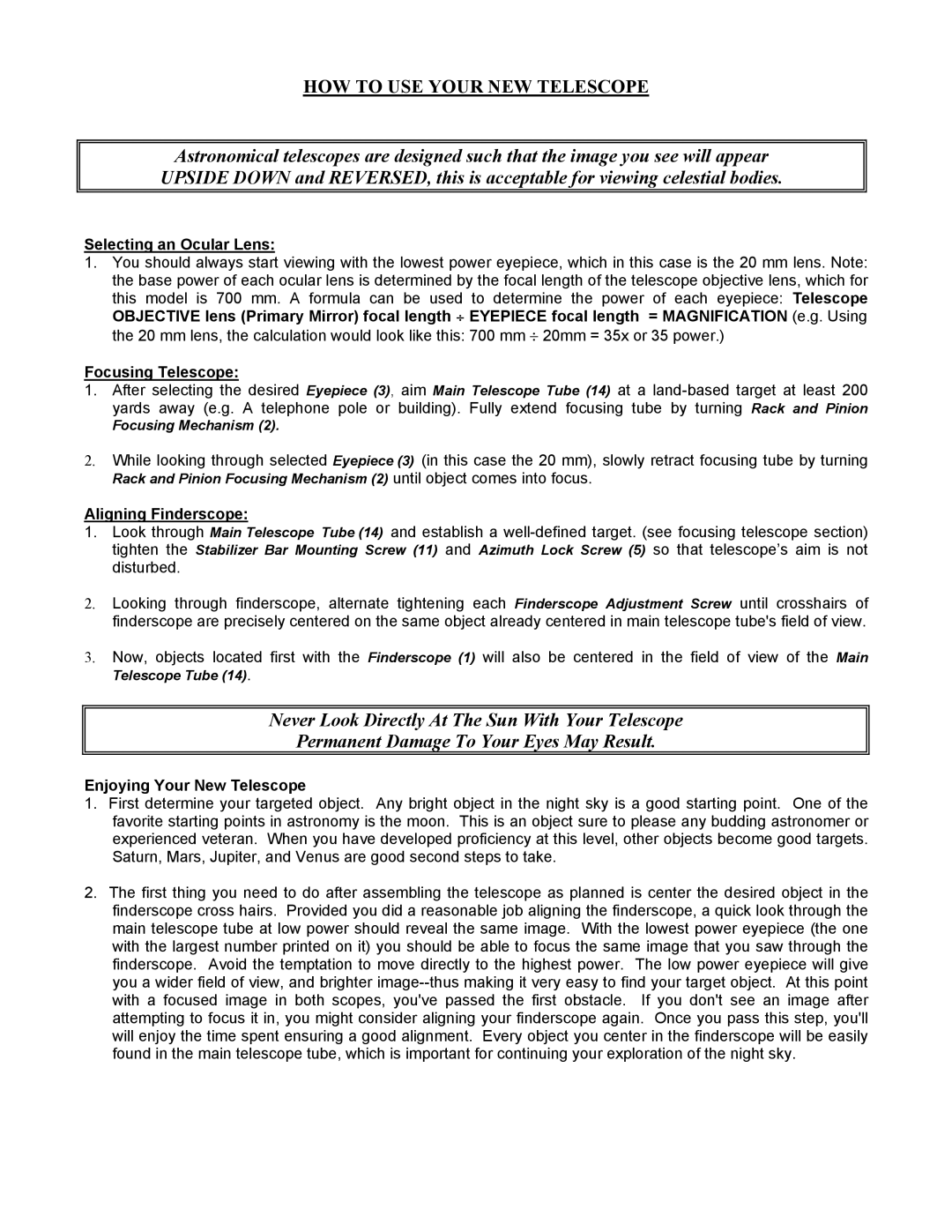78-9003 specifications
The Bushnell 78-9003 is a advanced tool designed for outdoor enthusiasts, bringing together high-quality optics and innovative technology to enhance the user experience. This model is particularly favored among bird watchers, hikers, and sports spectators for its combination of portability and performance.One of the standout features of the Bushnell 78-9003 is its powerful magnification capabilities. With an impressive 8x magnification power, this device allows users to observe distant subjects with remarkable clarity. The 32mm objective lens diameter ensures that sufficient light enters the optics, providing bright and clear images even in low-light conditions, such as early morning or late afternoon.
The Bushnell 78-9003 also incorporates high-quality multicoated optics, which enhances light transmission and improves color fidelity. This technology reduces glare and increases brightness, making it easier to see details in challenging lighting. The high-definition glass used in the construction delivers sharp images and helps minimize distortion, making it an excellent choice for those who value image clarity.
Durability is another defining characteristic of the Bushnell 78-9003. Designed with a rugged housing, this model is both shockproof and waterproof, making it suitable for various outdoor environments. The rubber armor coating provides a secure grip and protects the unit from impact, ensuring longevity. Furthermore, it is nitrogen-purged to prevent fogging, which is crucial for maintaining visibility in changing weather conditions.
The compact and lightweight design of the 78-9003 adds to its portability, allowing users to carry it easily on hikes or during travel. This model also features a comfortable eyecup that can be adjusted for individuals who wear glasses, ensuring that everyone can enjoy the viewing experience without discomfort.
In addition to its optical performance, the Bushnell 78-9003 boasts user-friendly features, including a smooth focusing mechanism that allows quick adjustments to get the perfect view. Its close focus capability lets you observe subjects at a short distance, making it not only suitable for distant viewing but also for examining the intricate details of nature.
In summary, the Bushnell 78-9003 combines high-quality optics, durable construction, and user-friendly features, making it an ideal choice for outdoor enthusiasts seeking reliable performance in a compact package. Whether for bird watching, sports events, or leisurely hikes, this device is equipped to provide an exceptional viewing experience.

